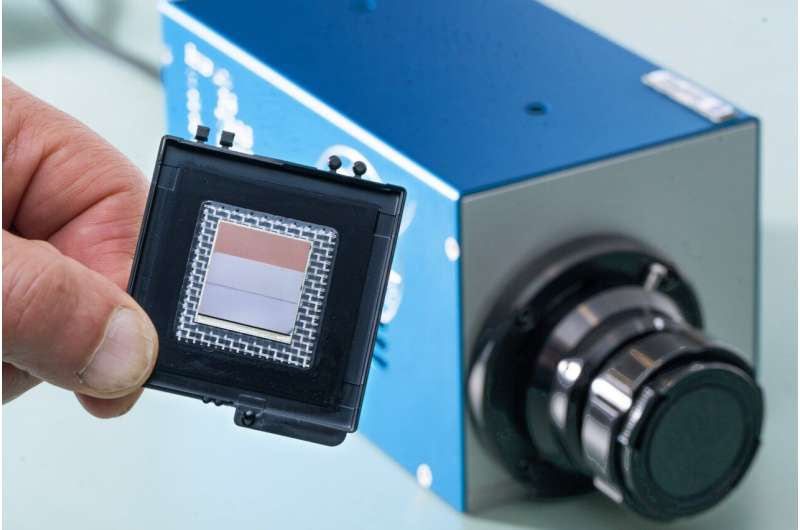An advanced infrared camera, equipped with lightweight filters, is set to revolutionize various scientific endeavors, ranging from enhancing forest fire warnings to deciphering the molecular makeup of distant planets.
These cameras boast cutting-edge strained-layer superlattice sensors, initially conceived at NASA’s Goddard Space Flight Center in Maryland. Their compact design, minimal mass, and versatility make them invaluable tools for diverse scientific pursuits, as highlighted by engineer Tilak Hewagama.
Directly attaching filters to the detector streamlines the system, eliminating the bulk associated with traditional lens and filter setups. This innovation facilitates the creation of lightweight instruments with compact focal planes, enabling infrared detection using smaller, more efficient coolers. Consequently, smaller satellites and missions can harness their enhanced resolution and accuracy, as articulated by Hewagama.
The pioneering work of engineer Murzy Jhabvala at NASA’s Goddard Space Flight Center has been instrumental in both sensor development and the seamless integration of filters. Jhabvala’s leadership, exemplified by projects such as the Compact Thermal Imager experiment on the International Space Station, has underscored the viability of this sensor technology for Earth science applications, earning prestigious accolades.
These infrared sensors operate on the principle of layered molecular structures interacting with individual photons, achieving unparalleled resolution and wavelength coverage compared to conventional thermal cameras. The success of these sensors has attracted substantial investments from NASA and other programs, driving further customization and expansion of their capabilities.
For instance, Jhabvala and the ALTIRS team are currently spearheading the development of a six-band version for the G-LiHT airborne project, promising advancements in surface heat measurement and environmental monitoring. Meanwhile, NASA scientist Doug Morton is leading efforts to utilize these sensors for wildfire detection and prediction, crucial for mitigating the increasing threat of fires in a changing climate.
Moreover, with the incorporation of polarization filters, these sensors hold promise for probing cloud properties both on Earth and beyond. By capturing cloud and surface characteristics across different parts of the infrared spectrum, these sensors complement existing missions like PACE, offering valuable insights into aerosol dynamics and ocean ecosystems.
Further enhancements, such as the integration of linear variable filters, promise to unveil even finer details within the infrared spectrum, enabling the identification of atmospheric molecules and surface compositions. This advancement is particularly relevant for planetary exploration, as it offers a means to analyze plumes emanating from celestial bodies like Saturn’s moon Enceladus, shedding light on their composition and distribution.

Leave a Reply